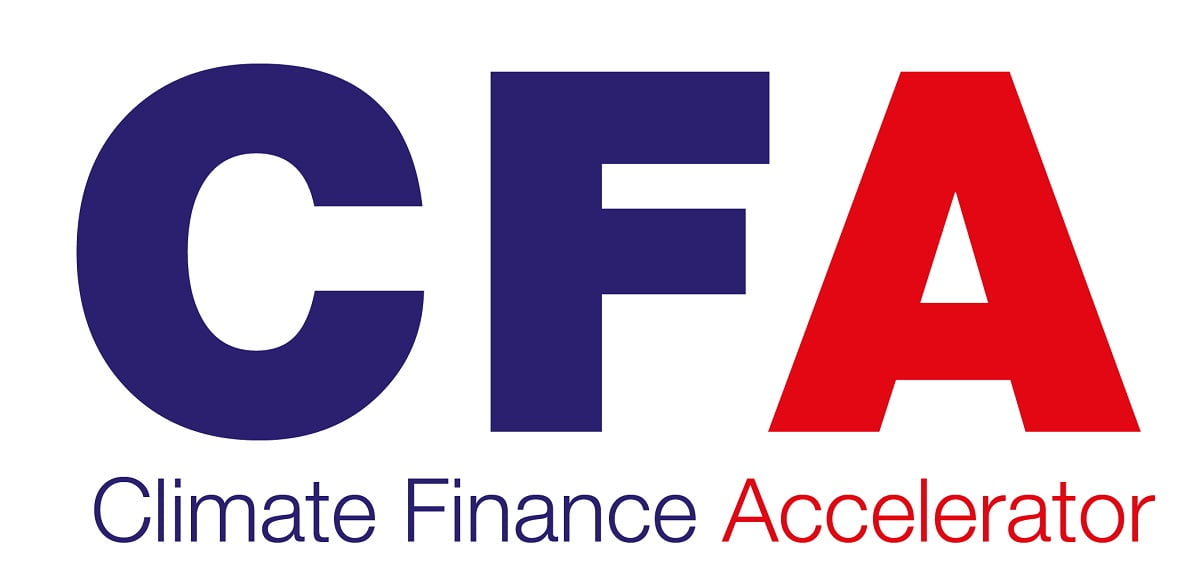Market intelligence
-
As solutions become entrenched over time, the current energy crisis presents an interesting challenge – short-term concerns regarding energy security energy could skew the use of organic residues towards energy applications. It is thus essential to ensure that value add opportunities (and their benefits to the economy as a whole) are not lost due to an increased focus on waste-to-energy applications.
-
GreenCape draws on a value-add hierarchy to guide its thinking in terms of relative value-add to organic residues.
-
Insects can be reared on and convert low-value organic waste into high-value protein. It is an alternative for fishmeal, a major components used in aquaculture and livestock feed.
-
GreenCape developed a business case to highlight strategic opportunities for investment in the commercial production and processing of insects for animal feed.
- Investment is driven by increasing demand in established markets requiring cheaper alternatives to fishmeal and the predicted emergence of large feed markets (e.g. Northern America and Europe). This is primarily driven by the cost competitiveness and suitability of insect meal relative to fishmeal and the increased acceptance by industry, especially within the aquaculture sector.
Opportunities: Fast facts
-
Livestock and fish feeding trials have shown positive results and indicate that insects could potentially replace 25% to 100% of fishmeal or soymeal in poultry, pig, fish and crustacean feeds.
-
Large-scale production of insect meal is becoming increasingly economically feasible as cultural, scale-up and legislative challenges are being addressed.
-
Insect meal produced in South Africa is cost competitive in comparison to fishmeal.
-
The inclusion of insects in aquafeed is expected to have the greatest impact on the economy. Cost savings and improved economic viability within aquaculture has been demonstrated in the USA.
-
There are opportunities for innovation. There is a demand for novel and/or improved technology for insect production and processing, specifically appropriate mechanisation and automation technology and improvements in energy efficiency.
- Western Cape has a unique competitive advantage in this respect. The province has an established industry which is considered to be world leaders in the mass production on insect larvae, strong industry-academia partnerships, and international partnerships with other leading universities in Europe
GreenCape’s work in this space
GreenCape is continuing to evaluate opportunities for value add through a project entitled “Bioenergy and resource productivity in Western Cape food value chains” i.e. the BRP project (2016/17).
One of the objectives is to identify opportunities for value-add to organic waste/residues in food value chains that would provide the greatest economic benefit to the Western Cape.
This is being examined through a strategic scoping study for key value chains – specifically cereals, oil seeds, fruit (deciduous, summer and citrus) and livestock (meat, milk and associated products).
Two guiding principles are used for the identification of value-add opportunities, namely the waste hierarchy and the value-add hierarchy
The bio-based value-add hierarchy
The value add hierarchy indicates the relative expected value-add of different products from bio-based feedstocks.
The waste hierarchy emphasises the importance of reducing waste, more than alternative uses such as recycling, reprocessing and energy recovery.
Value preservation opportunities are considered in addition to value-add opportunities.
GreenCape has developed three reports highlighting investment opportunities in these areas namely:
- Agro-processing wastewater
- Livestock wastes (focusing on manure and abattoirs)
- Lignocellulose (wood) waste
Key reading
The resources listed here are essential reading, which provide a greater overview of the opportunities in this sector. For other related tools, resources and information see the Library.



